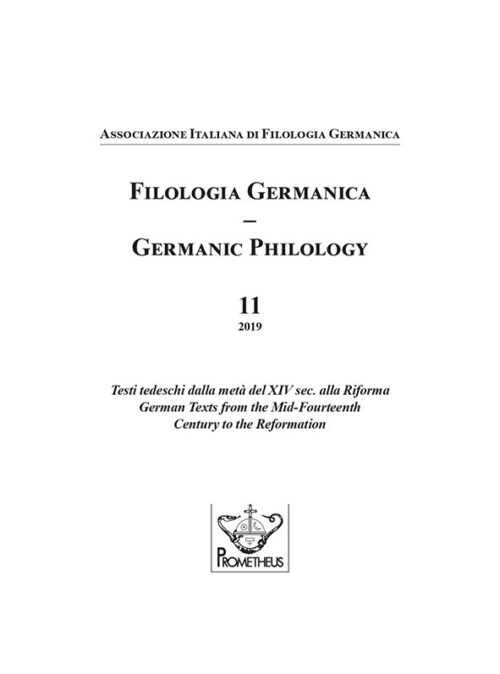Das Ampte des Allerandechtigsten Gruss. Il rapporto tra sguardo, corpo e devozione in una preghiera mariana del Quattrocento
DOI:
https://doi.org/10.14672/fg.v11i.2560Abstract
Dating back to the second half of the fifteenth century, the Ampte des allerandechtigsten gruß is the first example of the Latin based Benedictus-prayer in south-western Germany. This devotional text – an extended version of the Holy Mary blessing 23 parts of the Virgin’s body for having taken care of the Holy Child – is a witness of the typical late medieval Upper Rhine devotion to the Infant Jesus, but it also reflects the importance of the body and emotions in defining the identity as well as the relevance of vision and imagination in medieval spirituality. The transcription of the prayer is followed by a comparison with another form of Dominican prayer to the Virgin (a praise of 12 parts of her body), in order to get further understanding of how the inner and physical body was seen and how it was represented. This kind of prayers are defined by searching proximity such as Mary handling the Holy Child, the praying nun observing the interaction between Mary and her Son or addressing Mary. Both the devotional act and the visualization of Virgin and Child, as well as the example of Mary’s virtues, were means of purification and salvation.
Pubblicato
Fascicolo
Sezione
Licenza

Questo lavoro è fornito con la licenza Creative Commons Attribuzione - Condividi allo stesso modo 4.0.
CC-BY-SA



